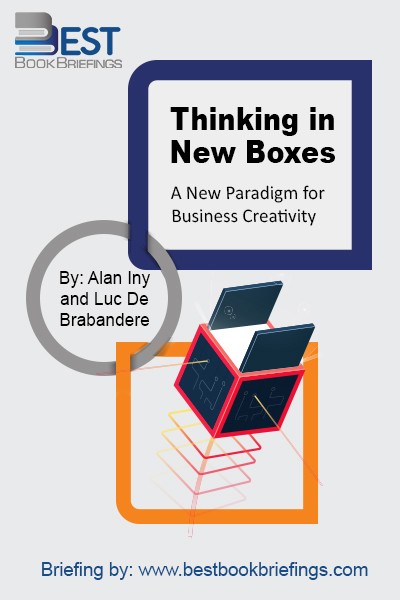Thinking in New Boxes
A New Paradigm for Business Creativity
Number of pages: 352
Publisher: Random House
BBB Library: Creativity and Innovation, Psychology and Strengths
ISBN: 9780812992953
Editorial Review
Thinking in New Boxes is about changing the way you think, or, more precisely, increasing your awareness of how we all create and use mental boxes. It is a new paradigm for creativity, by virtue of the focus on interplay between the broad new boxes and smaller ones that fill them. There is no limit to the power of the five steps we have discussed, or to what you can accomplish with them. Yet, the challenge is to open up yourself to the unexpected, to astonishment, and to surprise. To challenge yourself to take creative risks and allow others you interact with, at work or at home, to do so, too. To free yourself from the shackles of your existing boxes, and foster an environment where your mental models are constantly being thoughtfully reevaluated, where a healthy dose of doubt allows new possibilities to take root. And if you succeed for a while, that’s great, but you’ll need to reevaluate relentlessly, to make sure you continue to do so.
Book Reviews
Books on Related Topics
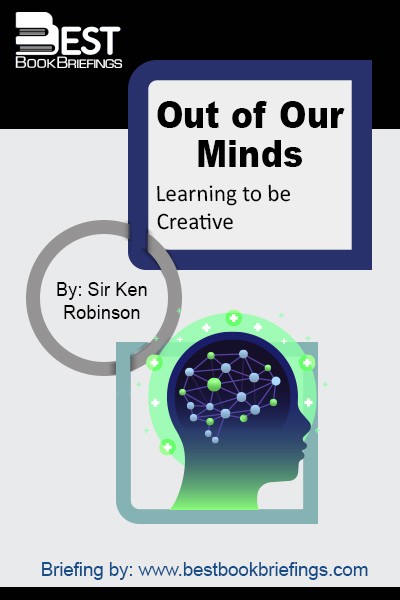
The modern world is the product of ideas, beliefs, and values of human imagination and culture have shaped it over centuries. It has been created out of our minds as much as from the natural environment. The human mind is profoundly and uniquely creative, but too many people have no sense
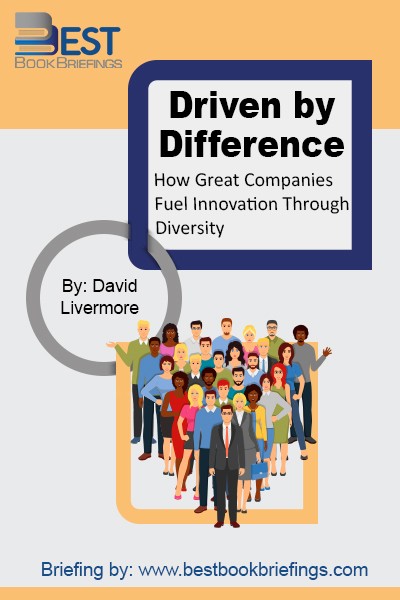
There’s no question that culture diversity provides one of the greatest opportunities for global innovation. The potential is enormous. But it’s a correlation, not causation. An organization that learns how to utilize the diverse perspectives from multicultural teams has a tremendous opportunity to come up with better solutions. In fact, when
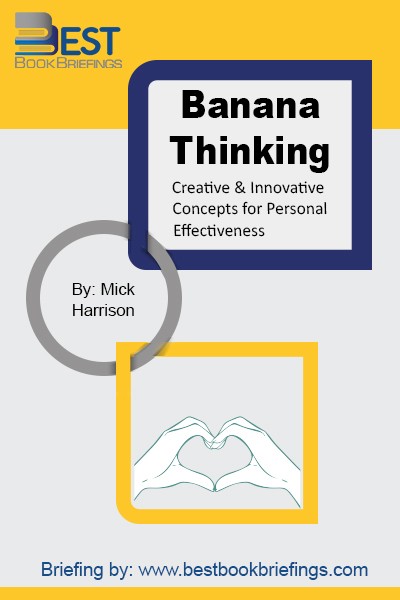
A work associate came into my office the other day eating a banana peeled from the bottom instead of the stem end. I told him that I had never thought of peeling a banana in such a manner. He told me that he had recently seen a TV documentary on a
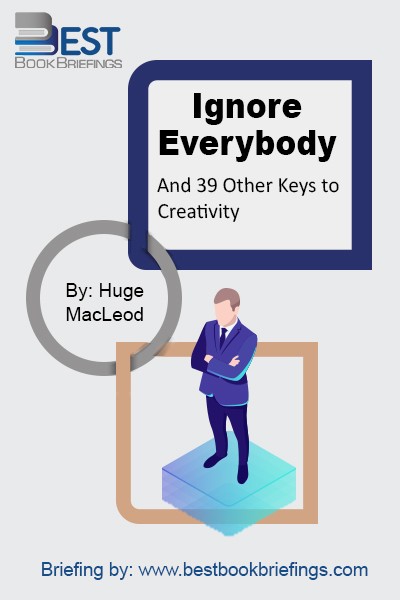
Ignore Everybody expands on MacLeod’s sharpest insights, wittiest cartoons, and most useful advice. For example:-Selling out is harder than it looks. Diluting your product to make it more commercial will just make people like it less.-If your plan depends on you suddenly being “discovered” by some big shot, your plan will
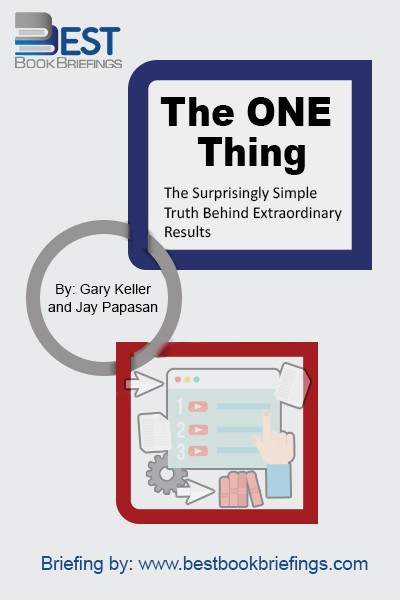
What’s the ONE Thing you can do such that by doing it everything else will be easier or unnecessary? In the number one Wall Street Journal bestseller, Gary Keller has identified that behind every successful person is their ONE Thing. No matter how success is measured, personal or professional, only the
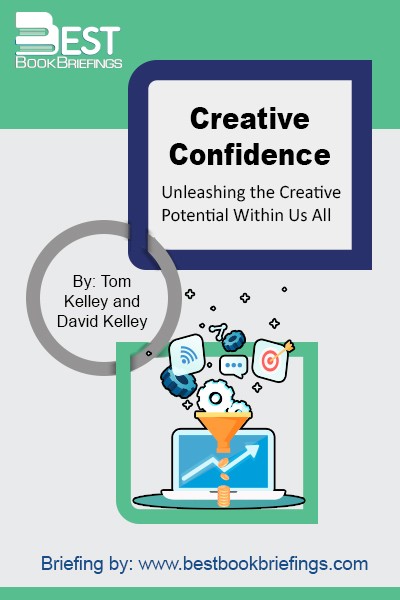
When you hear the word “creativity,” what do you think of next? You may equate “creative” with “artistic.” You may believe that architects and designers are paid to be creative thinkers, but CEOs, lawyers, and doctors are not. Or you may feel that being creative is a fixed trait, either you’re
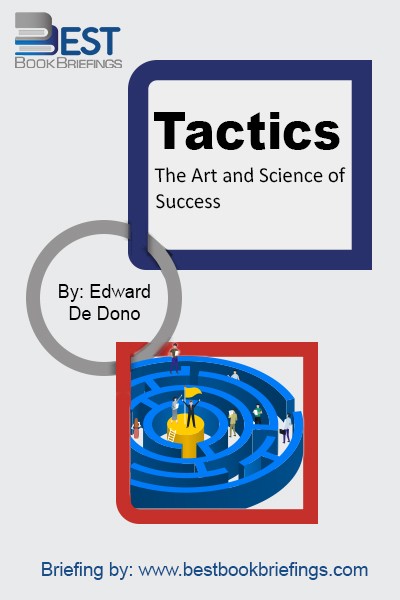
Tactics is based upon fifty interviews conducted for the book with men and women who have been outstandingly successful in a variety of fields. With his usual perceptiveness, Edward De Bono, one of the greatest revolutionary thinkers of our time, analyses their different paths to success, revealing that underneath their different
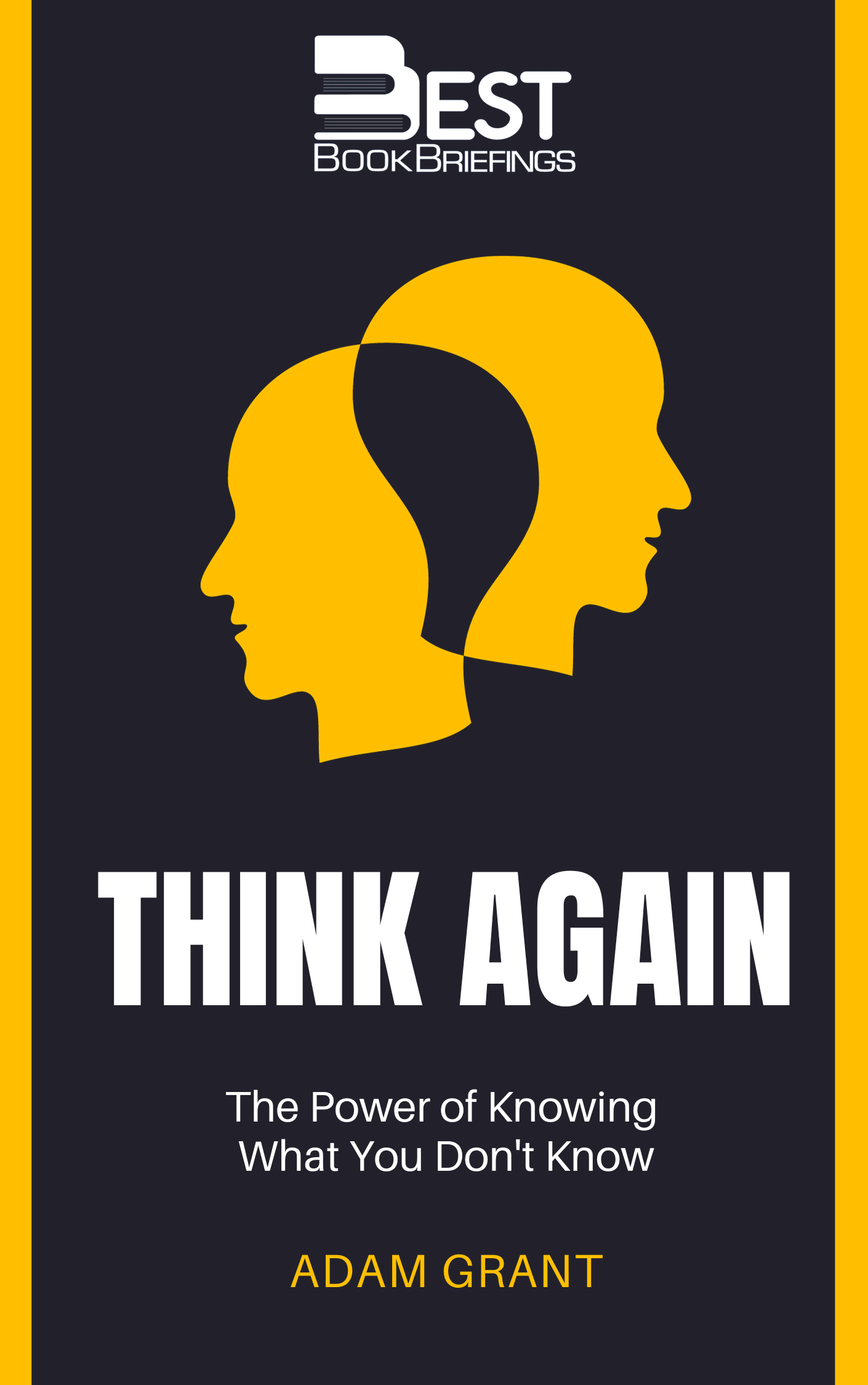
Intelligence is usually seen as the ability to think and learn, but in a rapidly changing world, there's another set of cognitive skills that might matter more: the ability to rethink and unlearn. In our daily lives, too many of us favor the comfort of conviction over the discomfort of doubt.

